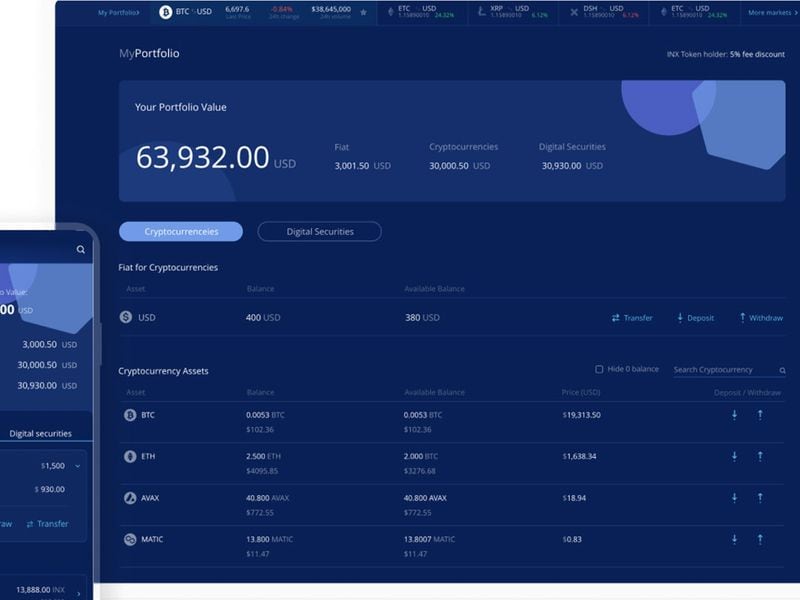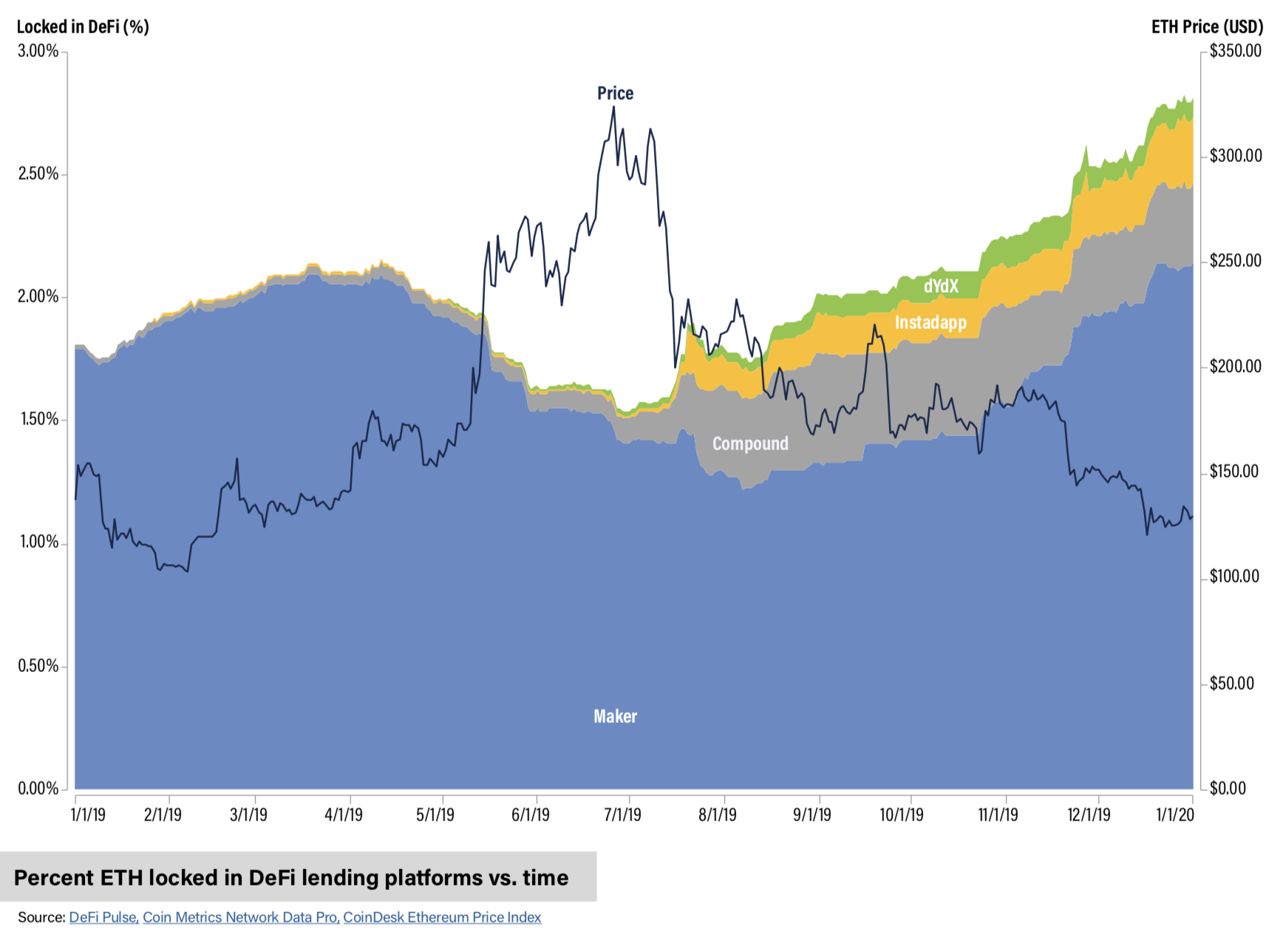Stablecoin Regulations Could Pose Problems for Tether, JPMorgan Says
-
Stablecoin regulations pose a threat to Tether’s dominance, the report said.
-
Complying with MiCA means Tether may have to change its reserve management strategy.
-
The bank said new regulations could intensify pressure on Tether to provide more detailed disclosures.
Increasing regulation could pose a notable challenge for Tether, issuer of the largest stablecoin, USDT, which has dominated the crypto market in recent years, JPMorgan (JPM) said in a research report on Wednesday.
A stablecoin is a type of cryptocurrency that is usually pegged to the U.S. dollar, though some other currencies and assets such as gold are also used. USDT has a market cap of about $117 billion, more than three times that of its nearest rival, Circle’s USDC.
JPMorgan notes that Markets in Crypto Assets (MiCA) legislation in Europe mandates that 60% of stablecoin reserves should be held with European banks.
“Given Tether’s composition of reserves, complying with MiCA’s stringent requirements could necessitate significant changes to its reserve management strategy,” analysts led by Nikolaos Panigirtzoglou wrote.
The stablecoin issuer has previously been subject to regulatory scrutiny due to lack of transparency about the composition of its reserves, the bank said, adding that the “new regulations would intensify pressure on Tether to provide more detailed disclosure and audits.”
Non-compliance with these new rules could threaten Tether’s dominance in the stablecoin market, the report said.
Stablecoin legislation in the U.S. is still pending, the bank noted, but when it is finally introduced, most likely in 2025, adoption is expected to increase, making the cryptocurrency more mainstream.
“U.S. compliant stablecoins stand to benefit, while non-compliant stablecoins would be challenged, potentially leading to consolidation in the industry,” the report said.
Tether had not responded to an email seeking comment before this story was published.
Edited by Sheldon Reback.









